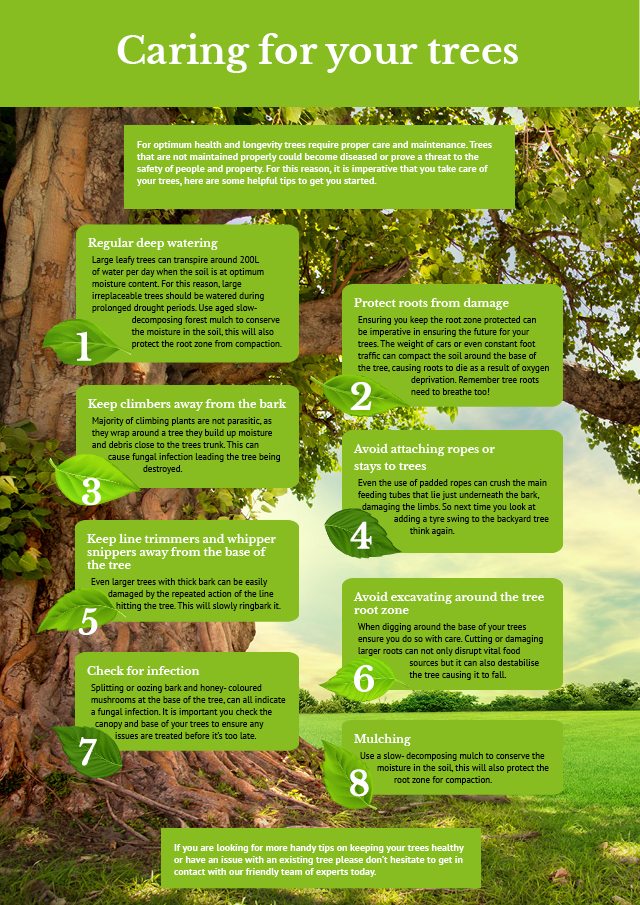Post-Tree Removal Care Is Crucial For Landscape Repair; Discover Vital Steps To Revitalize Your Room And Protect Against Future Concerns
Post-Tree Removal Care Is Crucial For Landscape Repair; Discover Vital Steps To Revitalize Your Room And Protect Against Future Concerns
Blog Article
Web Content Develop By-Nunez Als
After a tree's removal, your landscape might look rather different, and it's essential to assess the consequences carefully. You'll wish to examine the dirt disturbance and check bordering plants for any kind of indicators of tension. Ignoring these aspects can bring about larger issues down the line. So, what should you finish with those stumps and roots? And how do you pick the most effective plants for your revitalized space? Let's explore these crucial actions.
Examining the Aftermath: Examining Your Landscape
After a tree elimination, it's vital to examine your landscape to understand the effect it carries your yard.
Begin by checking out the location where the tree stood. Try to find indications of soil disturbance, and examine the bordering plants for any stress or damages.
You ought to likewise take note of how the elimination has altered sunlight direct exposure and airflow in your yard. This change can affect the growth of neighboring plants, so it's vital to assess their wellness.
Consider the visual elements as well; the removal may develop an open space that you can redesign.
Finally, think about any type of potential disintegration issues that could occur from the tree's absence. Dealing with mouse click the next document will assist bring back equilibrium to your landscape.
Taking care of Stumps and Roots: Options for Removal
Once you have actually analyzed the consequences of the tree elimination, you'll likely need to take on the stump and roots left behind.
You have a few alternatives for removal. One reliable approach is stump grinding, where a professional makes use of a maker to grind the stump down to below ground level. This technique leaves marginal disruption to your landscape.
If you favor a DIY approach, you can make use of a mix of digging and chemical stump eliminators. Just keep in mind, this procedure can require time and initiative.
Alternatively, consider leaving the stump as an all-natural function, which can work as a special garden component or habitat for wildlife.
Whatever you pick, addressing the stump and roots is necessary for restoring your landscape.
Selecting the Right Plants for Your New Area
As you examine your recently gotten rid of area, choosing the right plants can considerably boost your landscape's beauty and performance.
Beginning by considering the sunshine and soil conditions. For warm locations, opt for drought-resistant plants like lavender or succulents. In shaded spots, ferns and hostas flourish well.
Think of the size and growth habits of your plants; mix perennials and annuals for seasonal selection. Do not fail to remember to integrate indigenous types; they call for much less upkeep and assistance neighborhood wildlife.
https://elliottrngbv.loginblogin.com/42792463/the-ultimate-guide-to-stump-grinding-methods-advantages-and-pricing in weird numbers for an extra natural look and develop layers for visual deepness.
Ultimately, ensure you have a mix of colors and textures to keep your landscape vivid throughout the seasons.
Delighted planting!
Conclusion
To conclude, restoring your landscape after tree elimination is a gratifying procedure. By evaluating Tree Debris Removal Near Me , dealing with stumps and roots, and choosing the right plants, you'll develop a flourishing atmosphere. Do not neglect to include disintegration control steps to protect your dirt. With a little initiative and care, you can change your area right into a lively garden that enhances your residential property. Accept the possibility to invigorate your landscape and enjoy the appeal of nature right in your yard!
